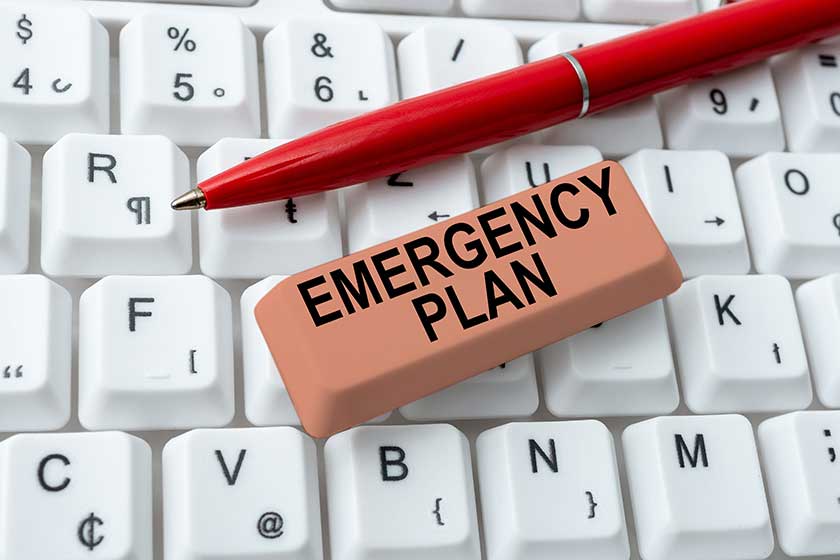If you’re exploring senior living options and are wondering about the safety protocols retirement communities practice, you’ve come to the right place. In an assisted living community in Vineland, NJ, ensuring an effective emergency plan is paramount for the safety and well-being of residents. From natural disasters to medical emergencies, having a comprehensive plan in place can mitigate risks and ensure a swift response when crises arise. This article outlines key components of an emergency plan for an assisted living community, including risk assessment, communication protocols, staff training, and resident evacuation procedures, that retirement communities employ to protect their residents in times of need.
Conducting Comprehensive Risk Assessments
Before developing an emergency plan, retirement communities conduct thorough risk assessments to identify potential hazards and vulnerabilities. These assessments should encompass a wide range of scenarios, including natural disasters such as hurricanes, floods, and earthquakes, as well as medical emergencies, fires, and power outages. By understanding the specific risks facing their community, retirement communities can then tailor their emergency plans to address these challenges effectively.
Establishing Clear Communication Protocols
Effective communication is also essential during emergencies to ensure timely dissemination of information and instructions. Retirement communities will establish clear communication protocols that outline how information will be shared among team members, residents, family members, and external stakeholders such as emergency services and local authorities. This may include utilizing multiple communication channels, such as phone calls, text messages, emails, and public address systems, to reach individuals quickly and efficiently.
Providing Ongoing Team Training and Preparedness
Well-trained team members are instrumental in executing an emergency plan effectively. Retirement communities like ours provide comprehensive training and preparedness programs for all team members to ensure they are equipped with the knowledge and skills necessary to respond swiftly and confidently during emergencies. Training sessions typically cover topics such as emergency procedures, evacuation protocols, first aid and CPR, crisis communication, and handling resident needs during crises.
Implementing Resident Evacuation Procedures
In the event of an emergency requiring evacuation, retirement communities have robust evacuation procedures in place to ensure the safe relocation of residents to designated shelter locations. These procedures are clearly documented and communicated to residents, family members, and team members, outlining evacuation routes, assembly points, transportation arrangements, and provisions for residents with mobility or medical needs. Regular drills and rehearsals are also conducted to familiarize everyone with the evacuation process and identify areas for improvement.
Take Action to Protect Your Loved Ones Today
Don’t wait for an emergency to strike at home, where your loved one may be left alone and defenseless. Ensure the safety and well-being of your loved ones by trusting in assisted living communities like ours in Vineland, NJ. Learn about why residents choose us, or reach out to our team today to learn more about our comprehensive emergency preparedness strategies and how we prioritize the safety of our residents.







